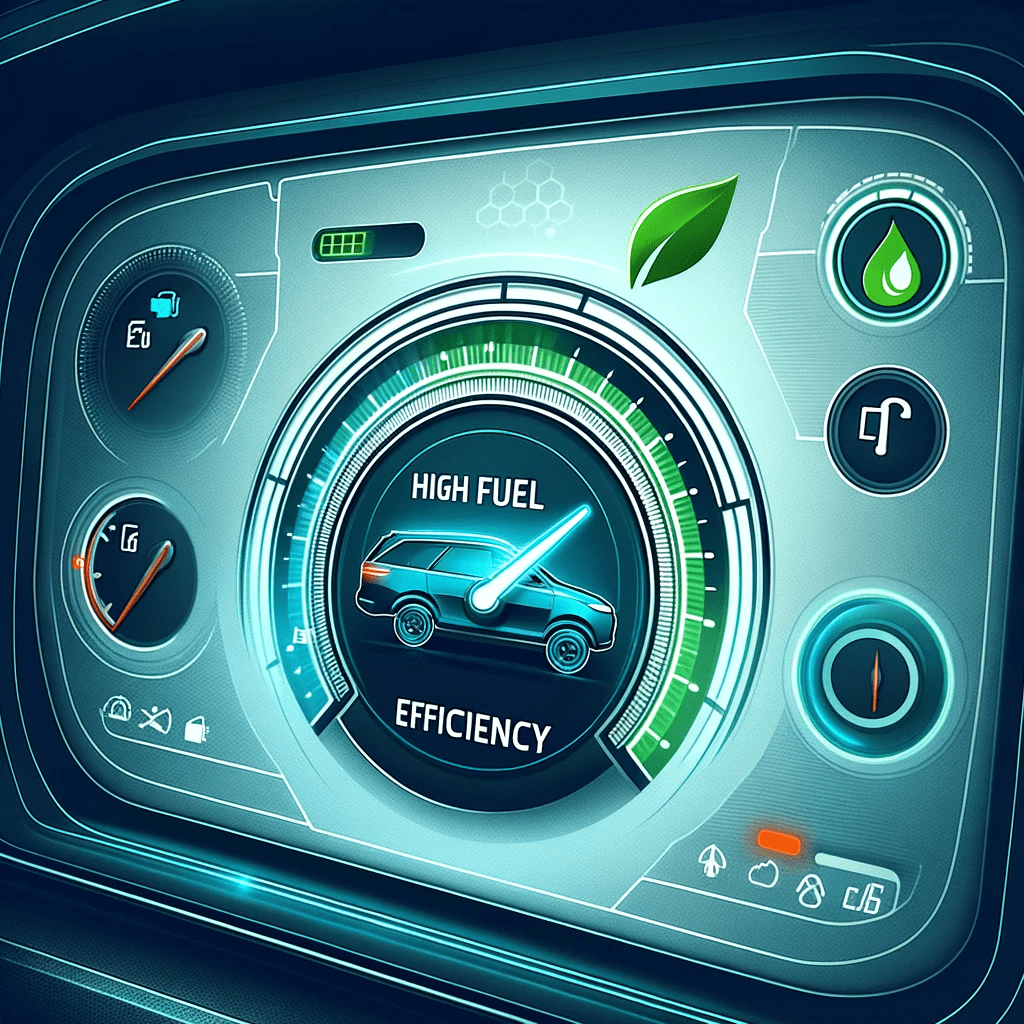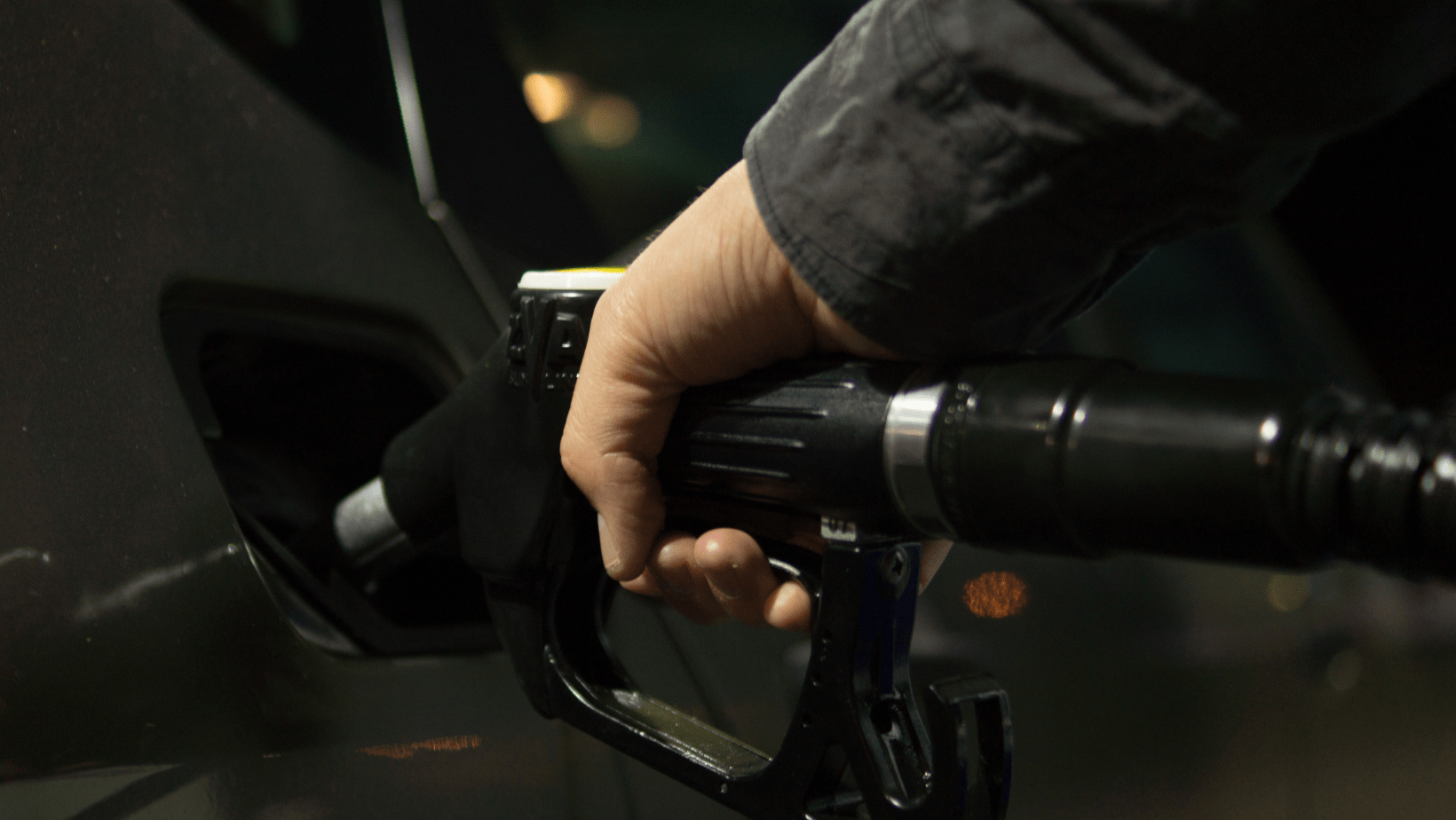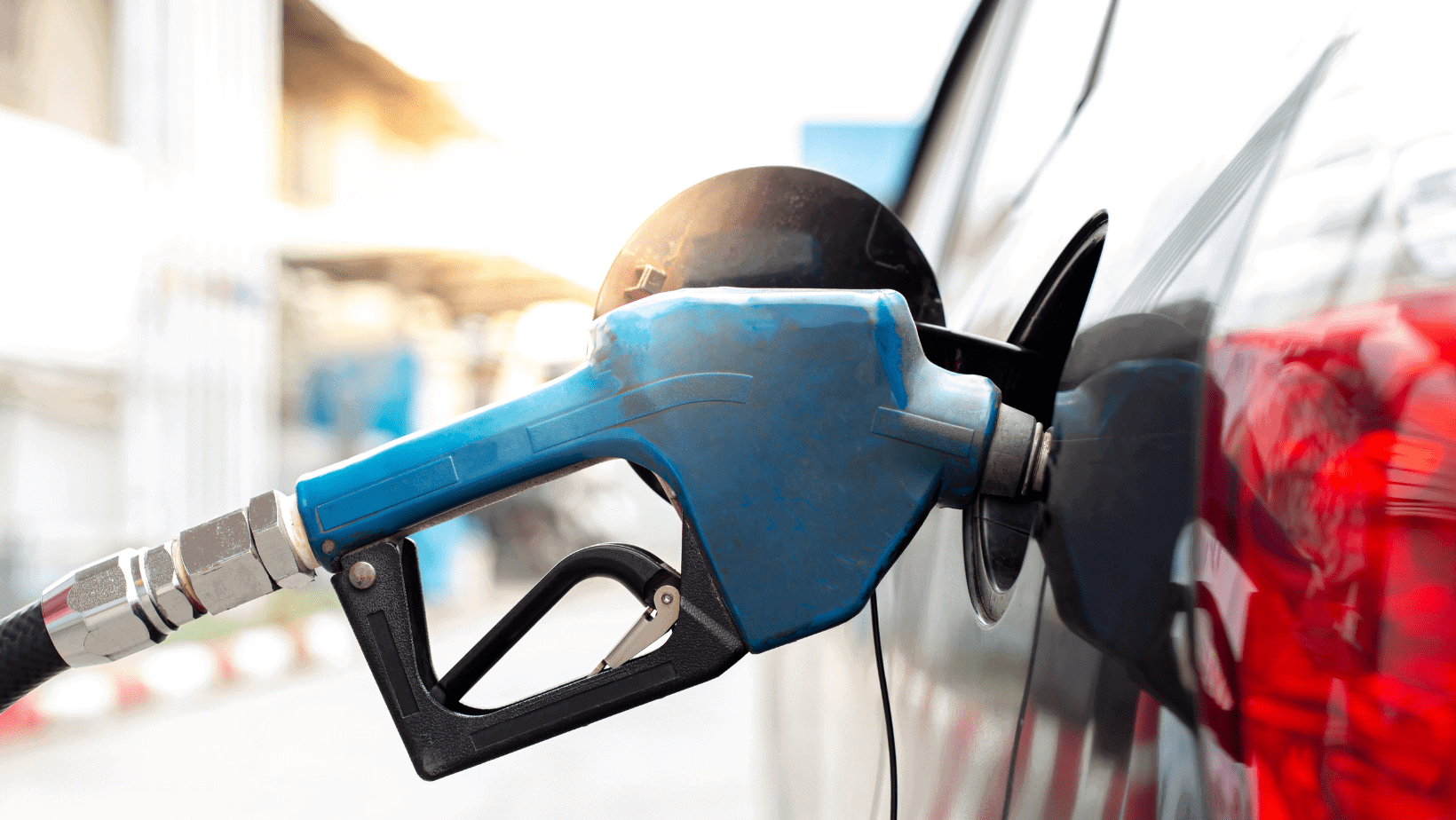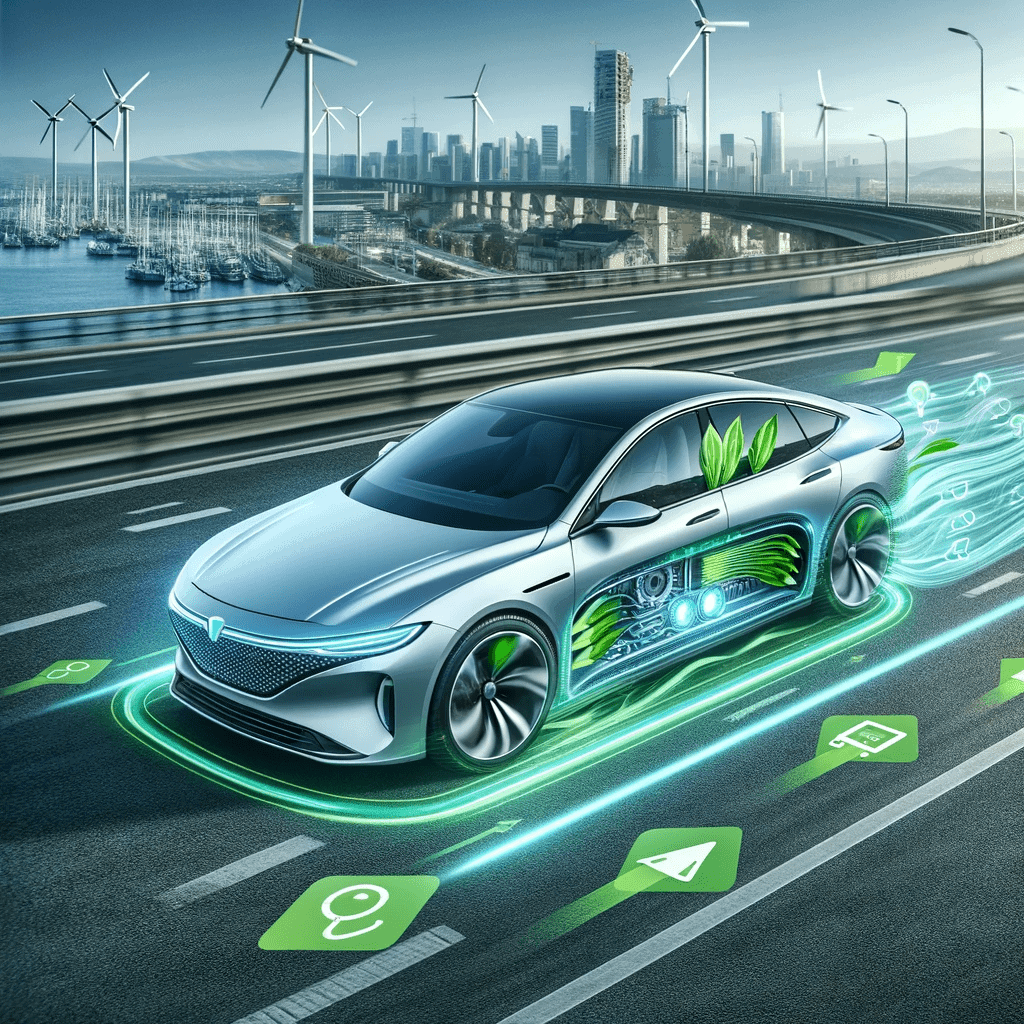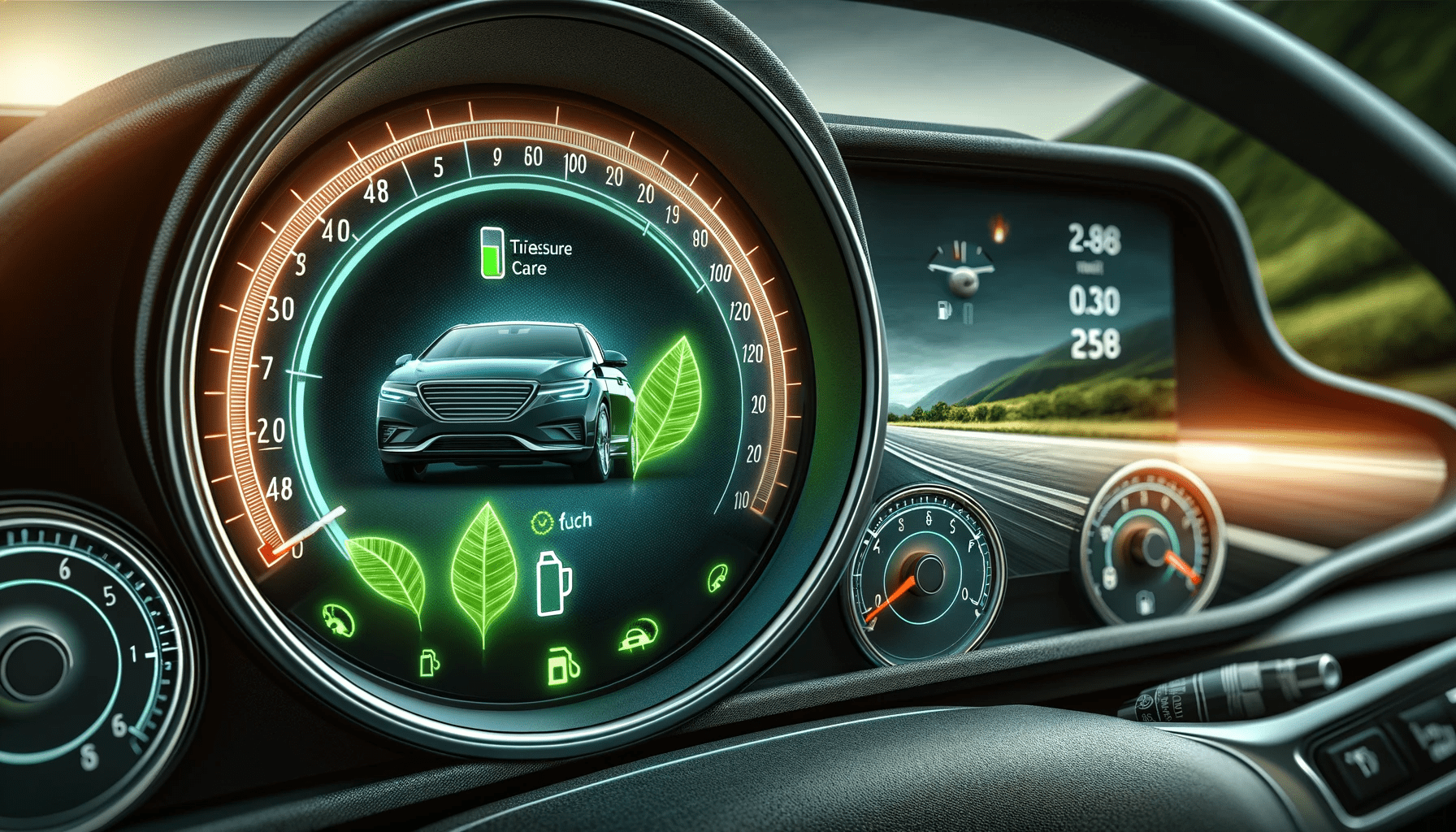Key Takeaways
| Advantage | Description |
|---|---|
| Enhanced Fuel Efficiency | Utilizing cruise control can lead to significant savings on fuel consumption by maintaining a constant speed. |
| Reduced Engine Wear | Consistent speed minimizes the engine load, extending engine life. |
| Better Trip Planning | Cruise control aids in efficient route planning, ensuring a smooth journey. |
| Improved Safety | Maintaining a steady pace reduces the risk of speed-related accidents. |
Cruise control is not just a fancy add-on; it’s a pivotal feature that offers numerous benefits, especially when it comes to fuel efficiency. It’s a system designed to automatically control the speed of a vehicle, providing comfort during long drives and, more importantly, contributing to fuel saving.
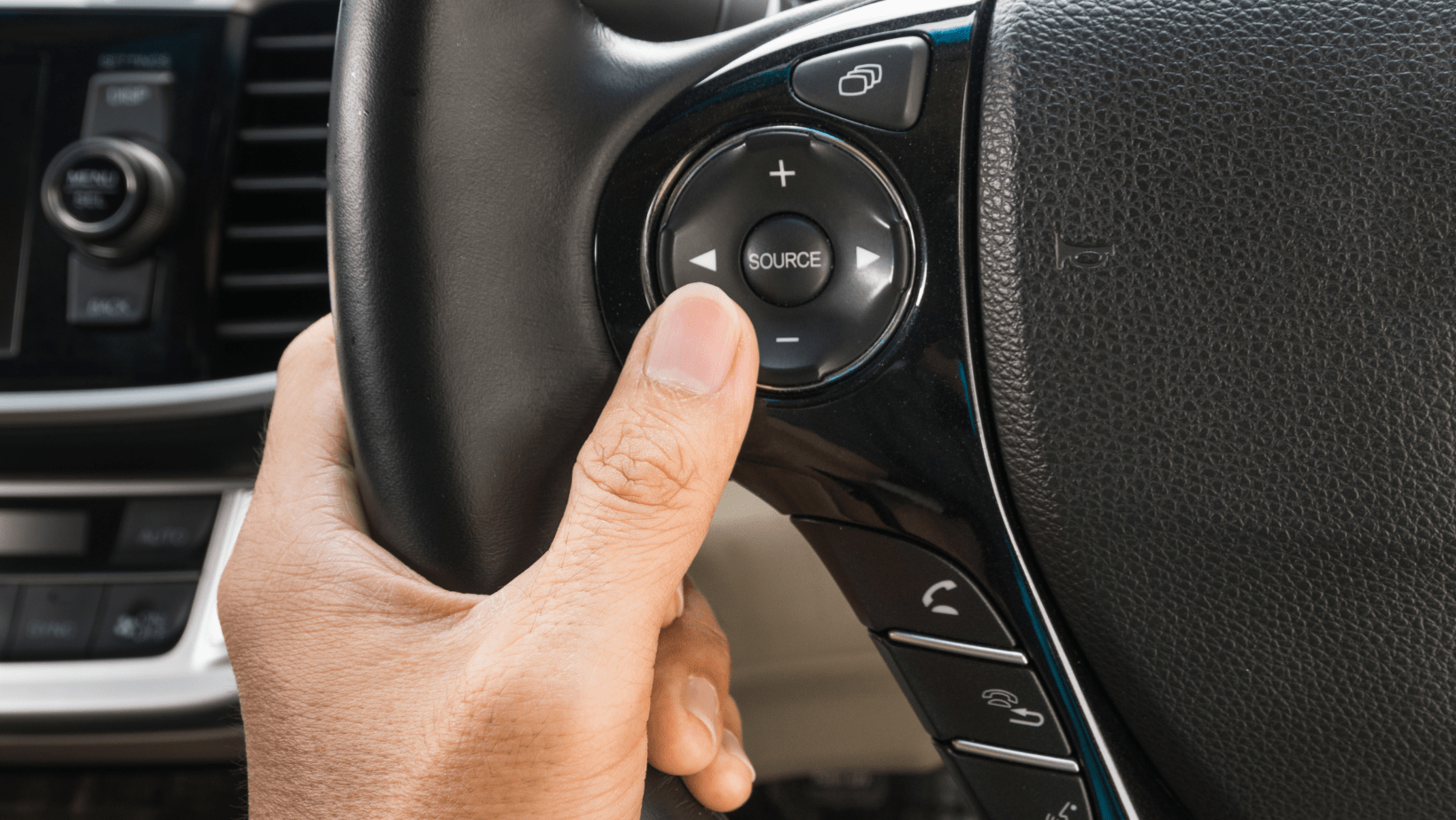
Fuel Efficiency: Going the Distance
When discussing fuel efficiency, it’s essential to understand how cruise control plays a vital role. By maintaining a steady speed, it prevents the unnecessary acceleration and deceleration that typically increase fuel consumption. This steady pace not only conserves fuel but also ensures that the journey is smooth, reducing the wear and tear on the vehicle’s engine, which can save costs on maintenance in the long run.
The Impact of Steady Speed
Driving at a constant speed lowers the demand on your engine, which can lead to a more efficient fuel usage. When you avoid the stop-and-go traffic pattern, your car’s engine works less, resulting in a lesser need for fuel to power the vehicle. This efficiency is heightened on highways, where cruise control can really shine, keeping your vehicle at a constant speed and reducing the need for frequent braking and acceleration.
Cruise Control and the Environment
It’s not just your wallet that benefits from the fuel-saving advantages of cruise control. By optimizing fuel usage, you’re also contributing to a reduction in emissions. Lower fuel consumption means fewer greenhouse gases released into the atmosphere, making cruise control an environmentally friendly choice for conscious drivers.
Integrating Technology for Enhanced Savings
Modern vehicles are increasingly equipped with advanced systems that can tune your vehicle for optimal fuel efficiency. These systems work in tandem with cruise control, adjusting the throttle and braking to ensure that your car is running as efficiently as possible, further enhancing the benefits of cruise control.

Additional Fuel-Saving Strategies Linked to Cruise Control
| Strategy | Description and Benefits | Internal Link |
|---|---|---|
| Aerodynamics Optimization | Improving your vehicle’s aerodynamics can reduce fuel consumption. Sleek design minimizes air resistance. | Aerodynamics and Fuel Economy |
| Tire Pressure Maintenance | Properly inflated tires ensure better fuel economy and are a key factor when using cruise control. | Maximizing Fuel Efficiency: Tire Pressure |
| Driving Habits | Smooth acceleration and deceleration contribute to fuel economy; cruise control aids in maintaining it. | Driving Habits Impact on Fuel Efficiency |
| Weight Reduction | Reducing excess vehicle weight can significantly improve mileage. | Weight Reduction Benefits |
| Fuel Quality Consideration | Using the right type of fuel is crucial for engine efficiency, which complements the use of cruise control. | Fuel Type and Quality |
| Regular Vehicle Servicing | Regular maintenance ensures the engine and cruise control system are functioning optimally for fuel saving. | Benefits of Regular Servicing |
| Avoiding Unnecessary Idling | Turning off the engine during prolonged stops saves fuel, which aligns with the efficiency goals of cruise control. | Engine Idling Consequences |
Cruise control advantages: The Road Ahead
Cruise control is a feature that not only adds comfort to your driving experience but also contributes to fuel efficiency and environmental sustainability. By maintaining a constant speed, reducing engine load, and working with advanced vehicle systems, cruise control can make a significant impact on your fuel consumption.
